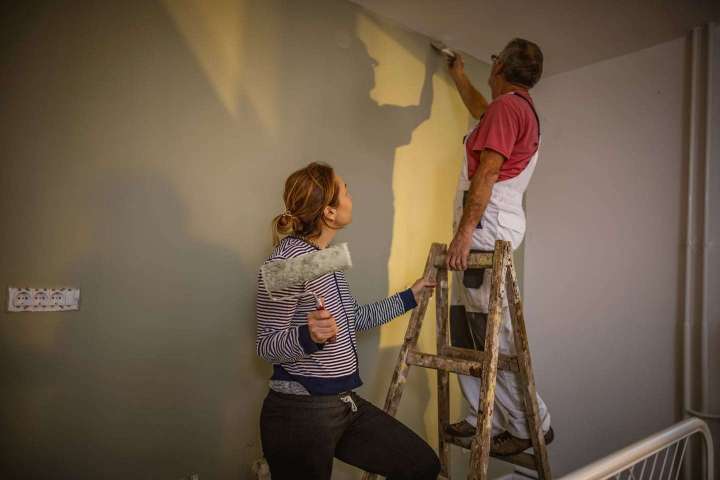The rise of popular home renovation TV shows makes house-flipping look seamless, where all it takes is a fresh coat of paint, some elbow grease and a can-do spirit to make a run-down property pristine and market ready. The reality is that the path to profit is not as simple as it is entertaining.
Path to home-flipping profit is not as simple as TV shows portray it

House-flipping requires diligent homework on the part of the investor, and the first step is to study the housing market to understand the going rates for home values in the area.
When mapping out the viability of a flip, investors use a calculation to determine the “after-repair value” (ARV) of the home. The ARV is the price that the home should sell for after renovations occur, based on market standards.
There is a general rule-of-thumb when seeking a profitable flip, called the 70 percent rule. Under the rule, the goal is to secure a home for 70 percent or less of the ARV. Since the purchase price of the home will be the biggest investment, buyers should analyze the market carefully so that they understand what a realistic selling price will be. When buyers can secure a property for a low purchase price, they stand more likely to make a better profit. Without accounting for the home’s ARV, the path to profit grows cloudy, jeopardizing the investor’s goals.
Before purchasing the home, consider the condition of the property and what renovations or repairs will need to be made. As best they can, buyers should budget for relevant material, labor and inspection costs. To help understand what renovations are necessary, investors can conduct a cost-per-square-foot analysis as well.
After listing what renovations need to be done, calculate if the cost-per-square-foot is comparable to other homes of similar condition in the market. Home-flippers should not make so many renovations that the property is way outside of what the market will accept. Buyers should truly know the bones of the home before undertaking the investment, because any renovations will eat into the projected profit.
Built-in costs
Before a single repair is made, there are several fees the new owner takes on when closing on the home. These closing costs include the home’s title transfer, transaction closing fees, insurance and any other costs that one assumes when assuming property ownership. Closing costs can total an additional 3 to 6 percent on top of the home purchase price.
Purchasing a property entails other recurring costs like taxes, insurance and utility bills, all of which should be considered pre-purchase. Even though someone purchasing a home to flip may not plan to be there long-term, they are accepting ownership and need to make sure that all of the fees are paid and that the essential utilities are up and running. For however long the flipper may expect to have the home before selling, it is advantageous to map out the sum of these expenses, commonly labeled carrying costs.
Unforeseen challenges
Unforeseen hurdles frequently emerge for house-flippers. Flippers should prepare for delays and accept a degree of unknowns, including but not limited to the discovery of structural problems, an unexpected bidding war, and construction and shipping delays affecting the renovation timelines.
Inflation touches nearly every possible input for buyers, with higher costs for labor, appliances and other material risking more costly renovations across-the-board. While soaring inflation is not a permanent phenomenon, it is a challenge with an unpredictable end date.
Rising interest rates also have a direct impact on financing a home purchase, and the higher rates rise throughout the year, the more they will cut into profits. When purchasing a property to flip, buyers must consider alternative financing options, such as hard money loans for short-term funding. These types of loans come with a higher premium for borrowing costs.
Outlook ahead
The near horizon for home-flipping depends largely on market conditions, and if today’s housing supply and demand imbalance persists, home prices will continue to rise. Until broader changes occur in U.S. housing markets, prospective home-flippers may be priced out of the process.
It is important to remember that market conditions are not permanent, and savvy buyers should study the market to find an environment that suits their financial goals. If conditions feel right and the analysis checks out, there may indeed be a path to profit.
David Mount is a director with the Wise Investor Group at Robert W. Baird & Co. in Reston, Va. Baird does not provide tax, legal or real estate advice and does not provide or service mortgages.






